Divine Weapons from Mythology
- December 13, 2021

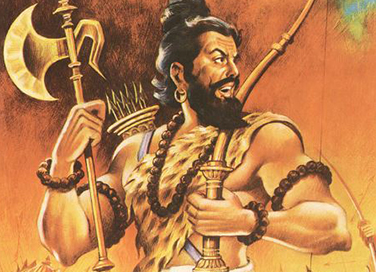
Divine Weapons from Mythology
- December 13, 2021
By Krithika Nair
Sanatan Shastra Vidya refers to an ancient science that describes the usage and workings of different weapons. Hindu mythology is host to an arsenal of divine weapons or divyastras. Each of these astras has a specific power – while some rained down arrows, some could cause winds and floods, while some others could even control the minds of the enemy. Let’s look at some of the most unique weapons found in the Puranas.
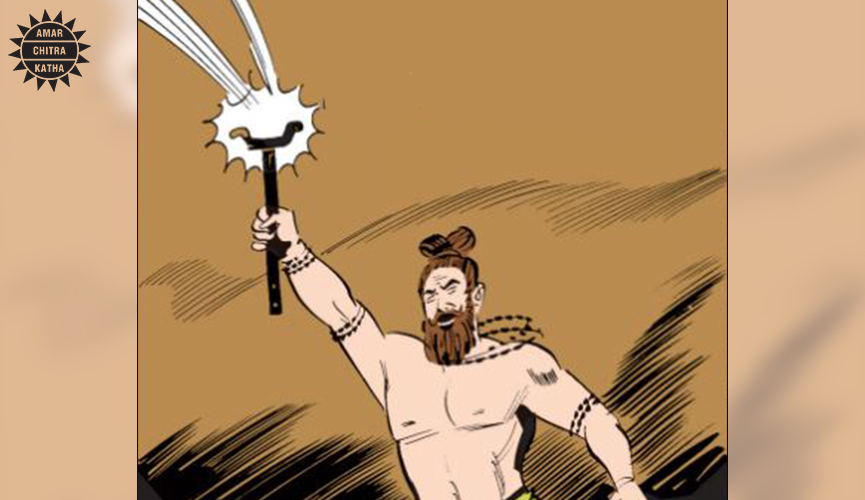
Brahmadanda is a weapon of self-defence, created by Brahma. It is only to be possessed by Brahmanas and its powers are dependent on its owner. The weapon is a rod capable of absorbing any incoming attack towards its owner. When Vishwamitra, in a fit of anger, unleashed the Brahmastra onto Vasishtha, it was his Brahmadanda that protected him from the lethal weapon.
To receive more such stories in your Inbox & WhatsApp, Please share your Email and Mobile number.
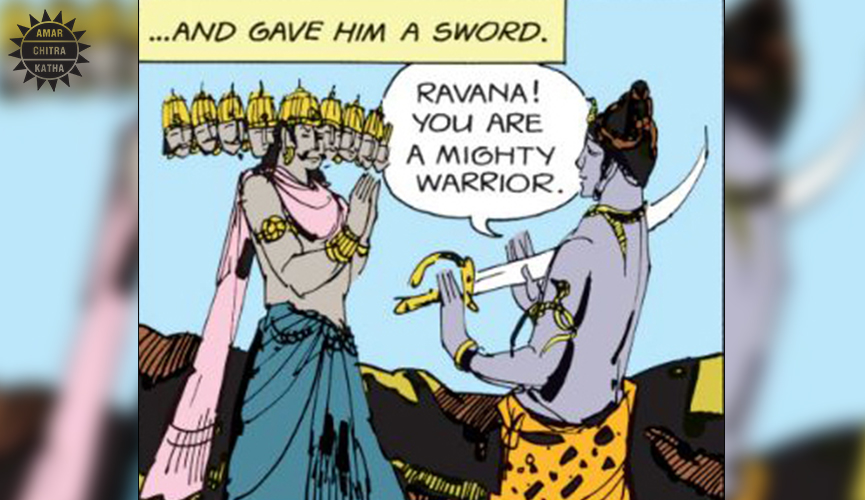
Chandrahasa is a sword with a curved blade, representing the shape of a crescent moon. The name can be literally translated to mean ‘the laughter of the moon’. The sword was gifted to Ravana by Shiva, after Ravana sang praises of the god in repentance for his prideful act of lifting the mountain on which Shiva and Parvati were seated. The sword, however, came with a prophecy. If Ravana were to use it for any wrongful acts, the sword would return to Shiva, eventually leading to Ravana’s imminent death.
Barbarika was the son of Ghatotkacha and the grandson of Bheema and Hidimbi. He had received three undefeatable arrows, known as Teen Baan, from Shiva. The first arrow was a target marker; anything marked by this arrow would be destroyed when the third arrow was released. The second arrow was used to mark things that were to be saved; on the release of the third arrow, everything except the things marked by the second arrow would be destroyed. The arrows would also return to Barbarika’s quiver once their task was completed.
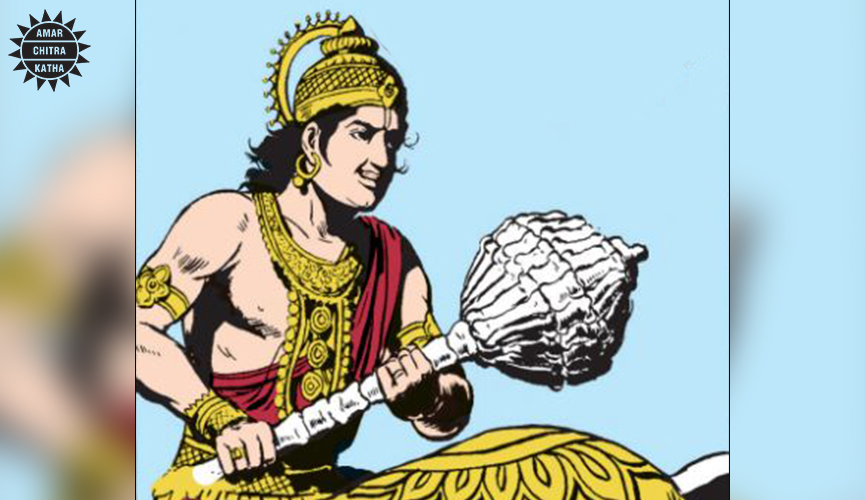
Vajra is considered to be one of the strongest among all the divine weapons. Possessed by Indra, Vajra is depicted as a club-like weapon made out of bones. The weapon is said to possess both the strength of a diamond and the energy of a thunderbolt. The weapon was made out of the bones of Sage Dadhichi by Vishwamitra, the divine architect. The weapon was created to defeat the demon Vritra, who was blessed with a boon that made him immune to weapons made of wood and metals.
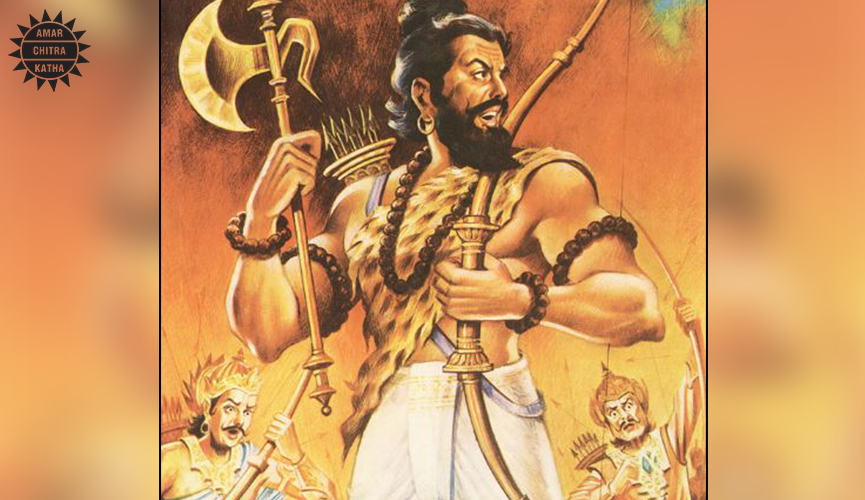
Parashurama’s axe, Vidyudabhi, was a gift from Shiva. Shiva was also the one who taught Parashurama to wield the famed battle-axe, among other martial arts. It is believed that the warrior sage threw his axe towards the sea, which caused the sea to retreat in fear. The land that was given up by the sea now forms the western coast of India.
To receive more such stories in your Inbox & WhatsApp, Please share your Email and Mobile number.

Comic of The Month
The Naval Journey of India Book I
This book is the first of a three-book series that takes a deep and detailed look at India's Naval History and a deep insight into the lives of our men and women in white. But any series on the Indian Navy has to start at the very beginning - exploring India's celebrated maritime history. Join our little hero, Bharat, and his grandfather, Commodore Sagar, as they sail into the deep blue waters of time. Book I of The Naval Journey of India takes a sweeping look at India's maritime endeavours, how the seas impacted us over millennia and how the oceans made us who we are.